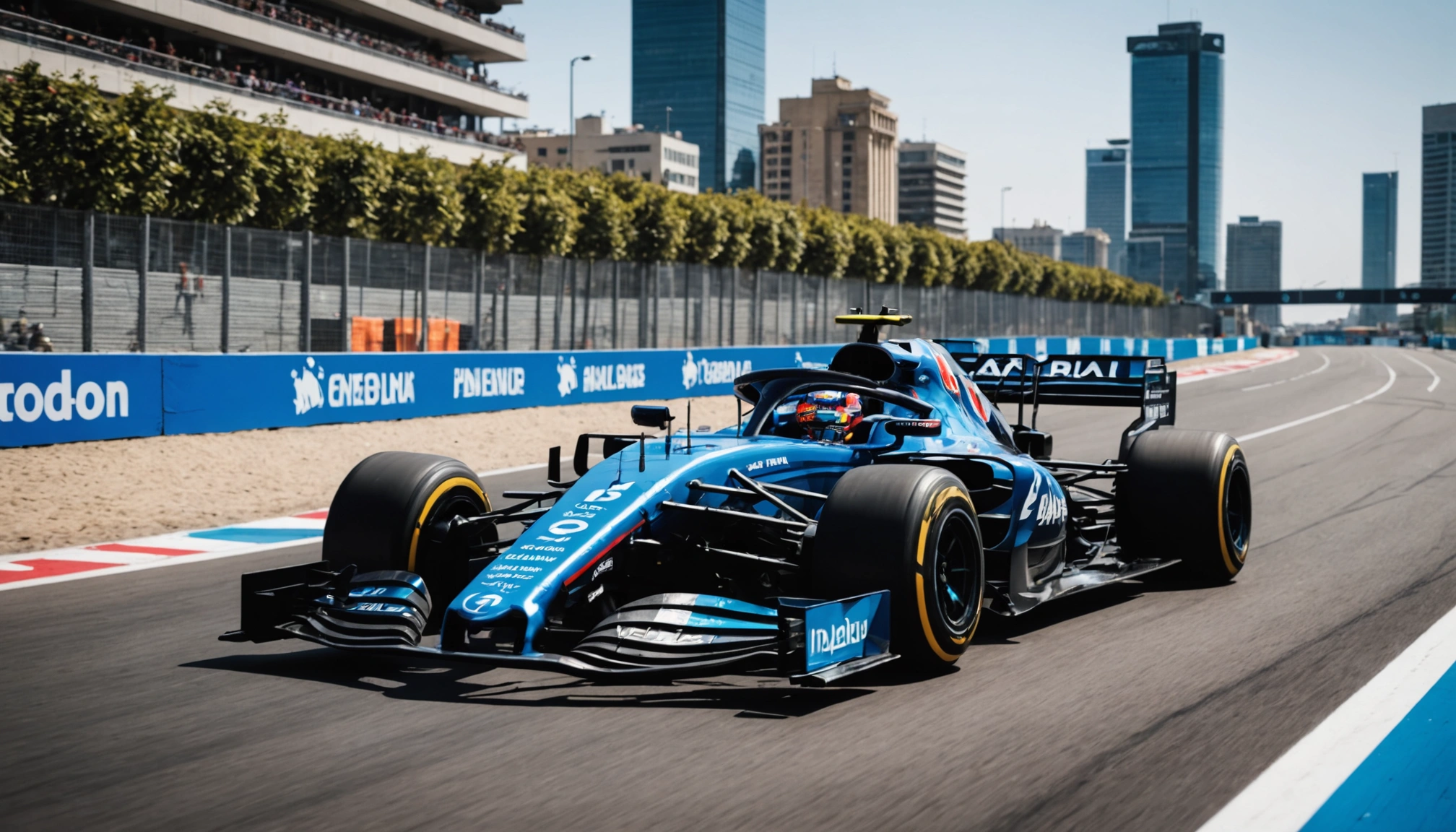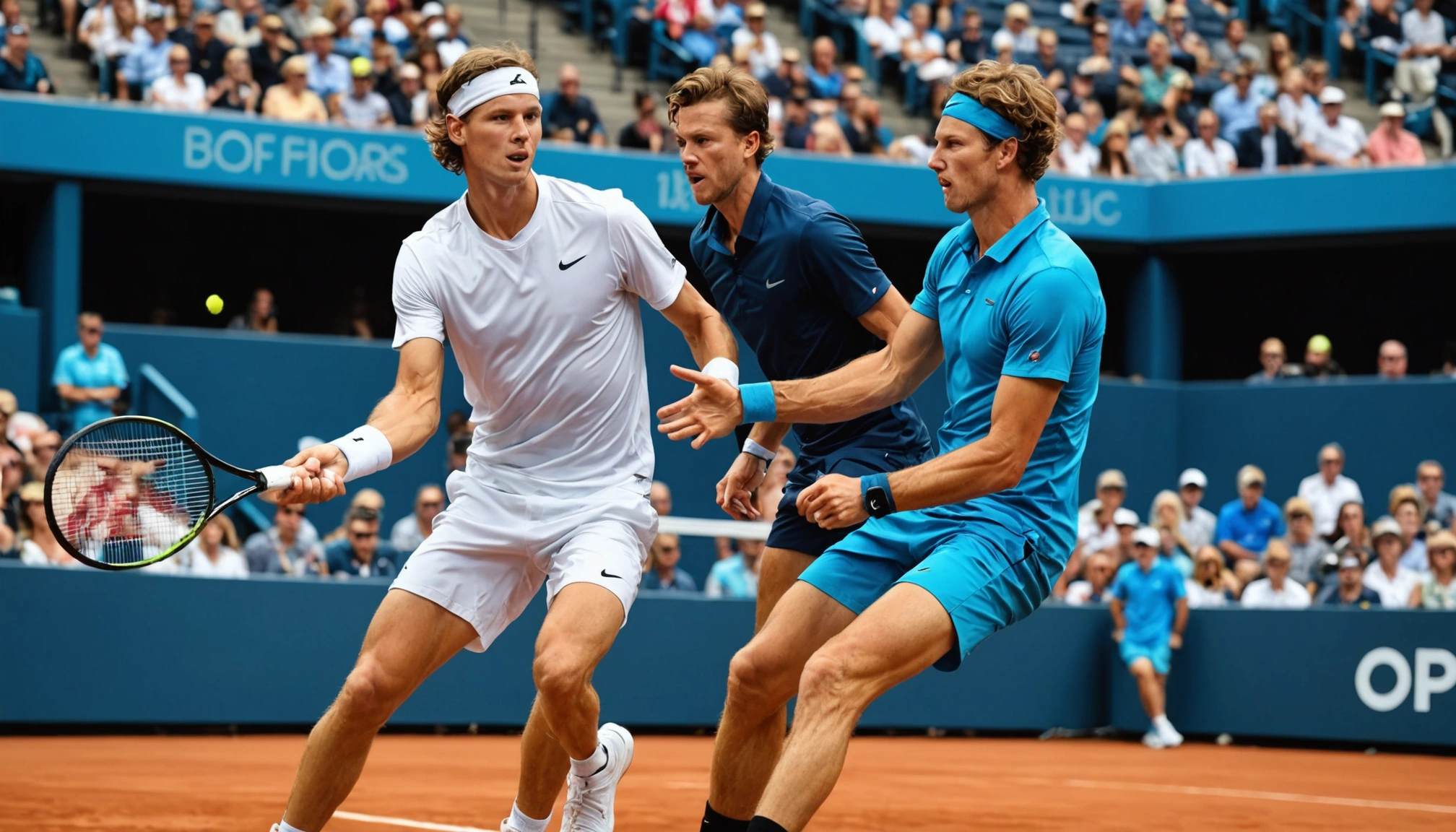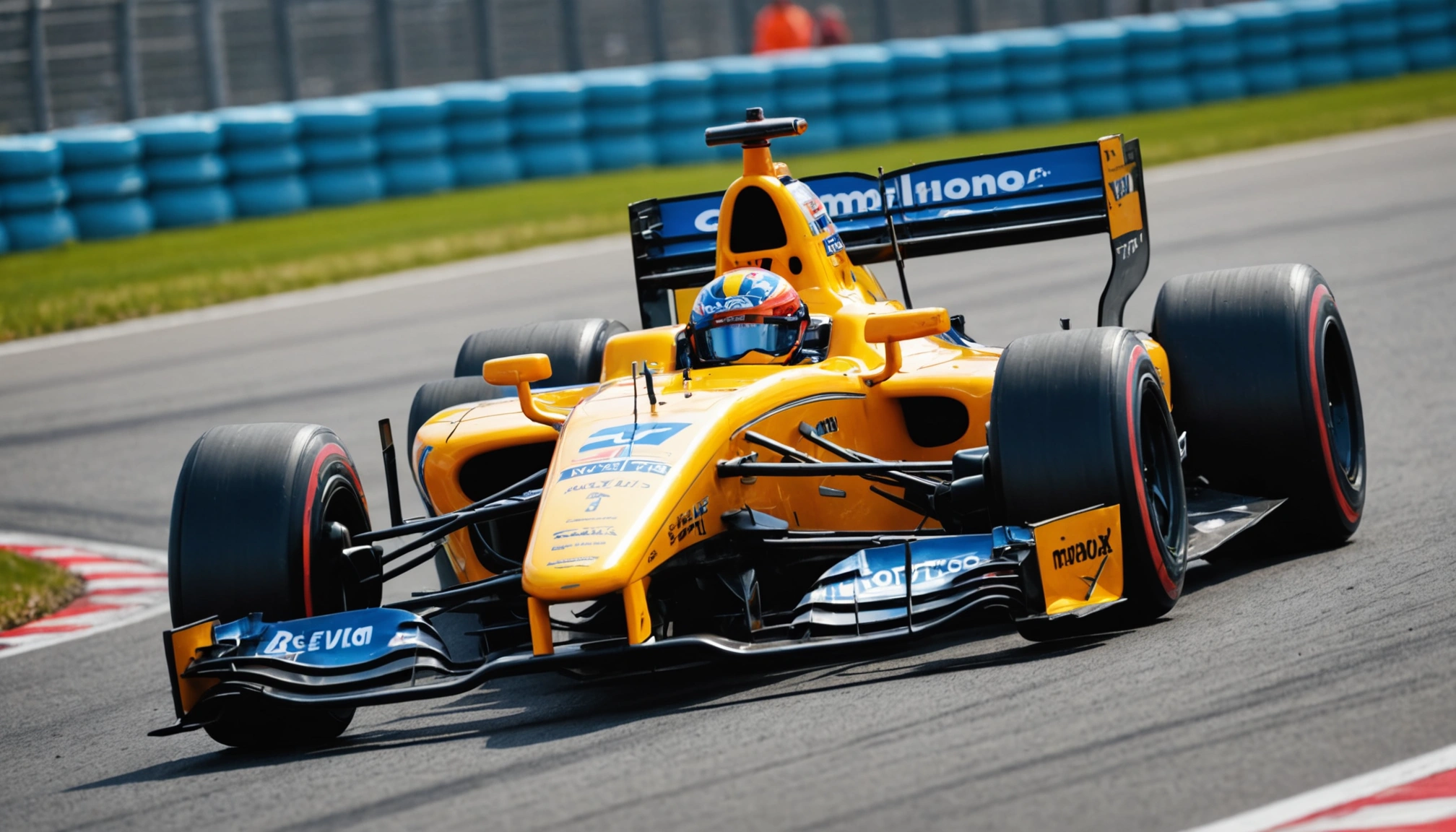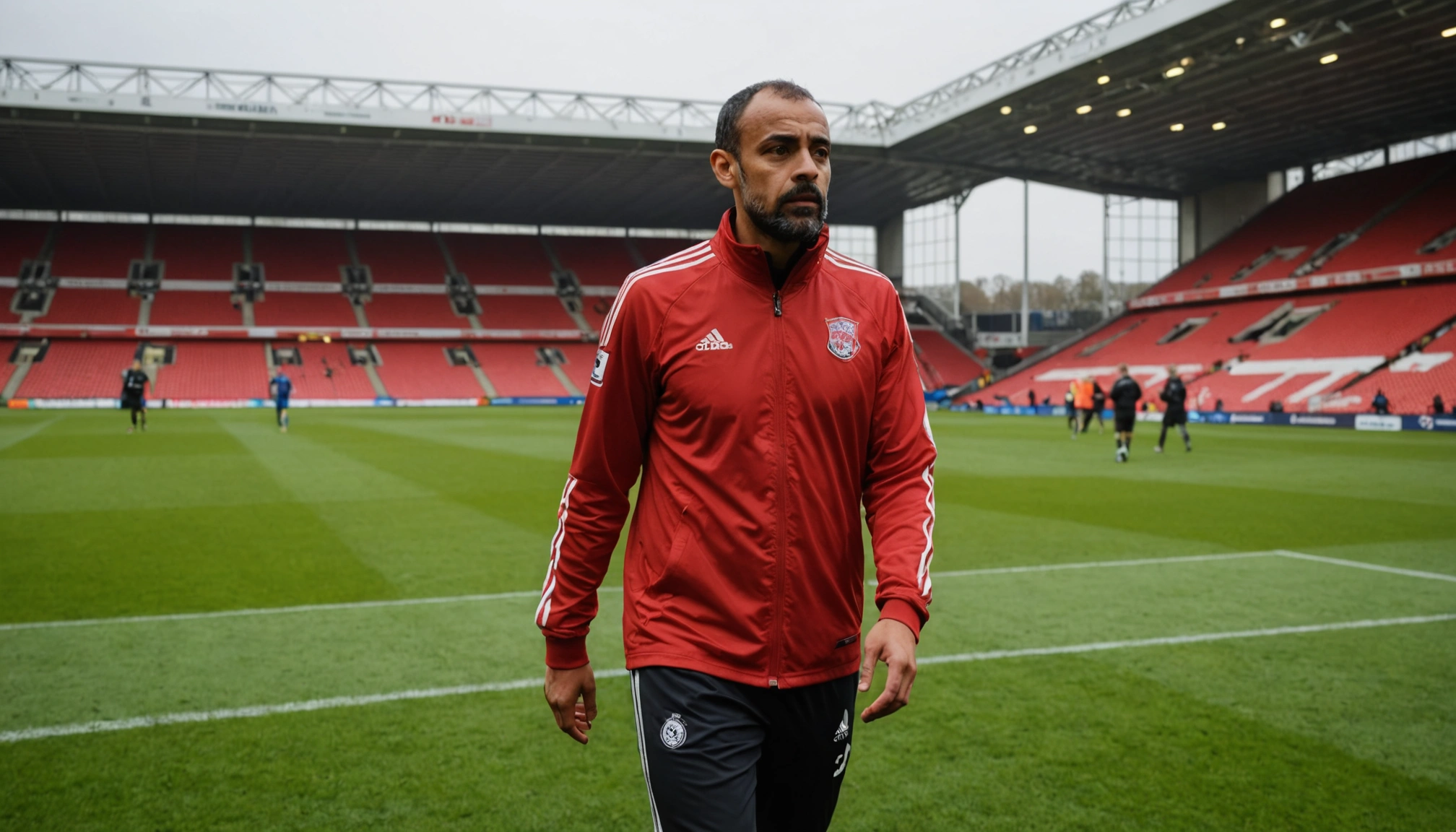Nico Hulkenberg Blames Colapinto For Singapore GP Spin
Nico Hulkenberg blames Franco Colapinto for his spin at the Singapore GP, citing early braking as the cause. Discover detailed analysis and race insights.
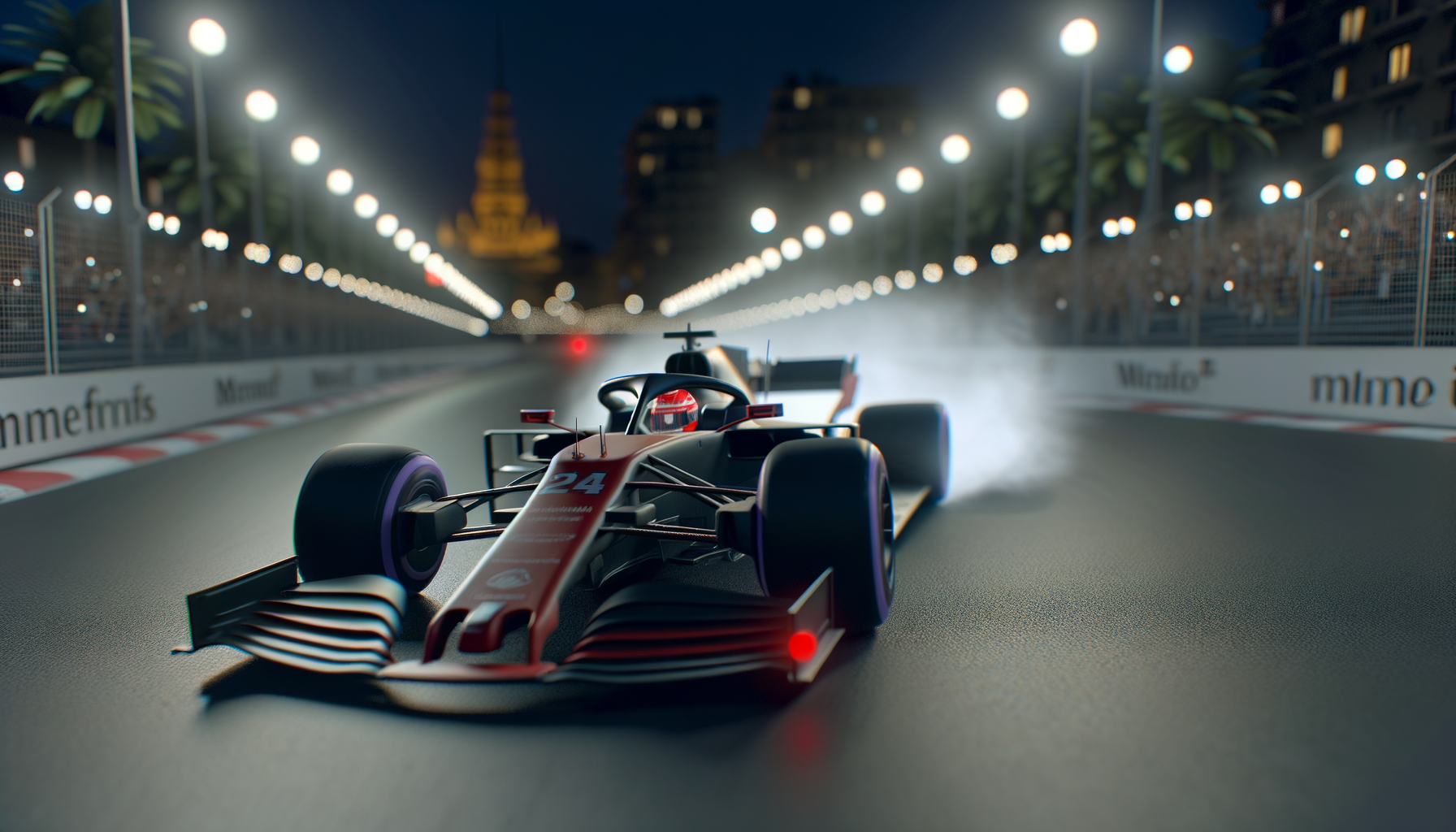
By Editorial
Nico Hulkenberg's Singapore GP spin under the spotlight
The 2024 Singapore Grand Prix delivered yet another dramatic twist when Nico Hulkenberg spun out mid-race, a moment that has since sparked debate within the Formula 1 community. Hulkenberg pointed the finger at Franco Colapinto, claiming the Argentine driver braked 100 metres earlier than expected, causing the incident. This article delves into the circumstances surrounding the spin, its implications for the race, and what it reveals about driver dynamics in high-stakes environments.
The incident analysed: Why did Hulkenberg spin?
During a crucial phase of the Singapore GP, Hulkenberg found himself off the racing line after a sudden braking manoeuvre by Colapinto. According to Hulkenberg, the early braking disrupted his rhythm, forcing him into evasive action which ultimately led to his spin. This claim is significant because braking zones in Singapore’s Marina Bay Street Circuit are notoriously tight, and any unexpected variation can have severe consequences.
Experts analysing the race footage noted that Colapinto’s braking point was indeed earlier than usual, possibly due to tyre degradation or a cautious approach amid heavy traffic. This deviation, while perhaps understandable from Colapinto’s perspective, had direct consequences for drivers following closely behind, including Hulkenberg.
The technical challenges of Singapore’s circuit
The Marina Bay Street Circuit is one of the most demanding on the F1 calendar. Its combination of sharp corners, narrow track width, and limited overtaking opportunities means that drivers must be precise with braking and acceleration. A small error or unexpected move can cascade into larger incidents.
Hulkenberg’s spin underscores the delicate balance drivers must maintain between aggression and caution. In this context, Colapinto’s early braking, whether intentional or forced by circumstances, disrupted that balance.
The impact on the race and championship standings
Hulkenberg’s spin cost him valuable track position, ultimately affecting his points haul from the Singapore GP. The incident also had ripple effects on other drivers, highlighting how individual actions can influence the broader race dynamics.
For Hulkenberg, who has been striving for consistency this season, such setbacks are costly. Conversely, Colapinto’s conservative braking might reflect a strategic decision to preserve his car and tyres, a common tactic in a race that tests endurance as much as speed.
Comparisons to other race incidents
Similar incidents have occurred in previous Grands Prix where braking miscalculations led to collisions or spins. For example, the 2023 Japanese Grand Prix saw Max Verstappen capitalise on others’ braking errors to secure victory. Such moments highlight the fine margins that separate success from failure in Formula 1.
Driver reactions and team strategies post-incident
Following the race, Hulkenberg was vocal about his frustrations, emphasising the need for clearer communication and predictability among drivers in tight racing conditions. Team principals also weighed in, recognising the difficulty of managing split-second decisions on street circuits.
Teams are now reviewing telemetry and video data to better understand the incident and to refine their strategies for upcoming races. This approach mirrors how teams analysed data after other controversial moments, such as in the Japanese Grand Prix where Verstappen’s tactics were pivotal.
What this means for driver relations moving forward
Incidents like Hulkenberg’s spin often test the professional relationships between drivers. While competition is fierce, mutual respect and clear communication are essential to maintain safety and sportsmanship.
Colapinto, known for his calculated driving style, may need to adapt his approach to avoid similar conflicts. Meanwhile, Hulkenberg’s public comments could prompt dialogue about racing etiquette on challenging circuits.
Lessons for emerging drivers
For younger racers and those following the sport, this incident serves as a case study in racecraft and decision-making. It highlights how anticipating other drivers’ actions and maintaining composure under pressure are critical skills.
Those interested in broader sports updates might also appreciate insights from other competitive arenas, such as the Ryder Cup 2024 latest updates and key insights, which similarly showcase strategic thinking under pressure.
Conclusion: The fine margins of Formula 1 racing
The Singapore GP spin involving Nico Hulkenberg and Franco Colapinto epitomises the razor-thin margins that define Formula 1. A single decision—like braking 100 metres early—can have significant consequences not only for individual drivers but for the entire race outcome.
As the season progresses, teams and drivers will undoubtedly take lessons from this incident to refine their strategies and communication. For fans and analysts alike, such moments add to the rich tapestry of narratives that make Formula 1 a relentlessly thrilling sport.
Related topics
Editorial
Sports expert at SportsScoop
Specialist in sports analysis and journalism
Related articles
Want to read more?
Explore our comprehensive collection of sports articles and analysis, or contact us for more information.
